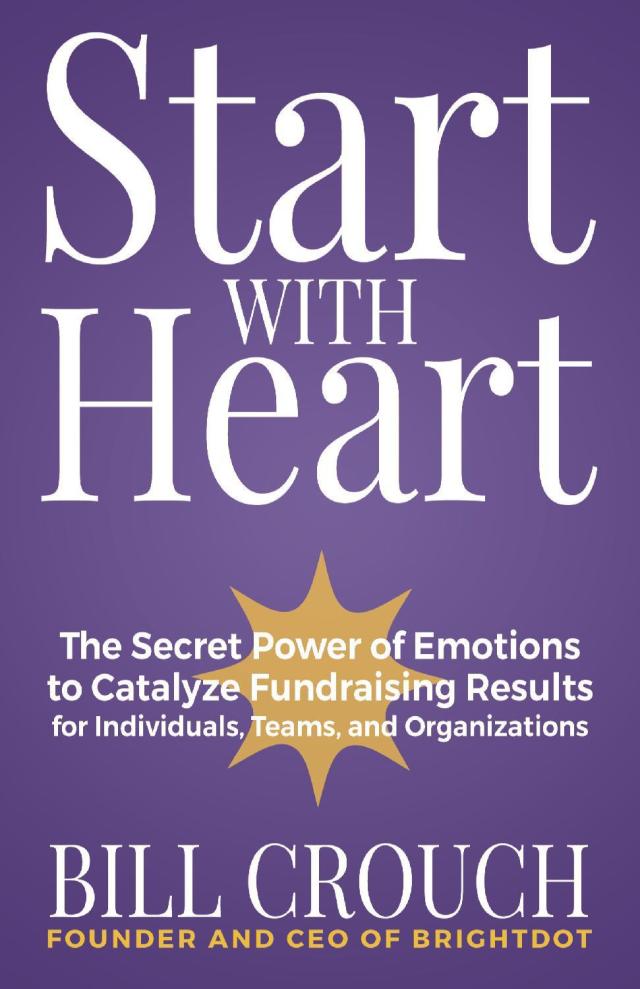RALEIGH, NC – Aug 16, 2022 – In his three-part INFLATION PREPARATION series, Bill Crouch, founder and CEO of BrightDot, a fundraising consultant and long-term college president, outlines how higher education is affected by rising inflation.
In the first of the series INFLATION PREPARATION 101 , Crouch focused on fundraising – finding and retaining donor support. This article, INFLATION PREPARATION 102, addresses student enrollment and the third in the series examines rising costs and capital expenditures facing higher education.
WHAT IS THE PROBLEM?
The annual inflation rate for the United States is 9.1% for the 12 months ended June 2022, the largest annual increase since November 1981. And the inflationary bubble is not expected to burst until 2023.
What that means is people are paying more for just about everything. The average American household is spending over $433.00 per month more on necessities. The cost of higher education is already overwhelming – particularly for low-income individuals. Students are choosing work (short term – supporting themselves, not going into debt) vs. education (long term effect this will have on their life).
Millions of college students are finding themselves in this predicament. Let’s take a closer look at how rising costs are affecting students and their families.
- Families are not only facing the cost of tuition, but how they are going to afford everything else on the periphery, food, clothing, housing, transportation, and utilities.
- Inflation will increase college tuition costs. Colleges are not immune to inflation. They’re paying more for labor, food, energy, and other utilities. “We are caught in an inflationary vise between the institutional pressures and the impact on our students and their families,” wrote Boston University (BU) President Robert Brown. BU is raising tuition 4.25%, its largest increase in 14 years.
- Expect higher interest rates on student loans. In an effort to tamp down inflation, the government often raises interest rates, which includes student loans. The Treasury Department recently announced an increase for the 2022-2023 year. Undergraduate loan rates will jump to 4.99% from 3.73% and graduate loans will go from 5.28% to 6.54%.
- Meal plans have become more expensive. As food shortages and the cost of fuel continues to rise, students are paying more to eat on campus.
- Apartment rental and utility costs are rising. Demand for off campus housing is growing and limited supply has driven rental costs up 15.2% in 2021.
“We can’t fix inflation, but what we can do is help students pay for the rising costs of attending college by seeking additional funding support.”
-Bill Crouch
WHAT CAN WE DO?
- RAISE MORE FUNDS
As Crouch shared in the first article in this series, “Fundraising is the fastest, most controllable, most predictable way to ensure sustainable incoming funds.” Creating a college where student appeal is present, relevant needs are being met, a positive atmosphere is noticeable, and their mission is being realized leads to donors who feel a sense of loyalty and trust through their giving and may be ready to give more.
- GET CREATIVE
Getting creative with your fundraising is paramount. A more personalized approach whereby donors “adopt” a student is a tangible and highly successful approach to increasing current donor pledges and attracting new donors,” said Hardy Dail, CFO of BrightDot.
As higher ed is facing higher costs and lower enrollment, the school must create a niche for themselves to stay relevant, perhaps by focusing on creating good citizens, not simply good students.
- VALUE EDUCATION
College has become less of a luxury and more of a necessity for a successful career. As such, colleges and universities must ensure the value of a college education is communicated often.
- ATTRACT INTERNATIONAL STUDENTS
Per an Open Doors report, international enrollment is ticking up 4% this fall. This is critical, as students from overseas tend to pay the full cost of tuition more often than others.
- REMOTE LEARNING
Look ahead as to how a creative remote learning program can help both students and schools. “Going where they are” instead of “Come to us” is an appealing call to action for students who need to work yet want a higher education.
Until inflation begins to abate, American households and the educational sector will struggle to make every dollar stretch further. There is no sign that inflation is slowing so pressure on organizations and services will continue for the foreseeable future.
Colleges must re-frame how administrative and faculty units have historically interacted so that they might help secure additional development resources through creative management and processes. Enrollments can grow as well as dollars from donors when the right building blocks are put into place and careful planning is enacted.

